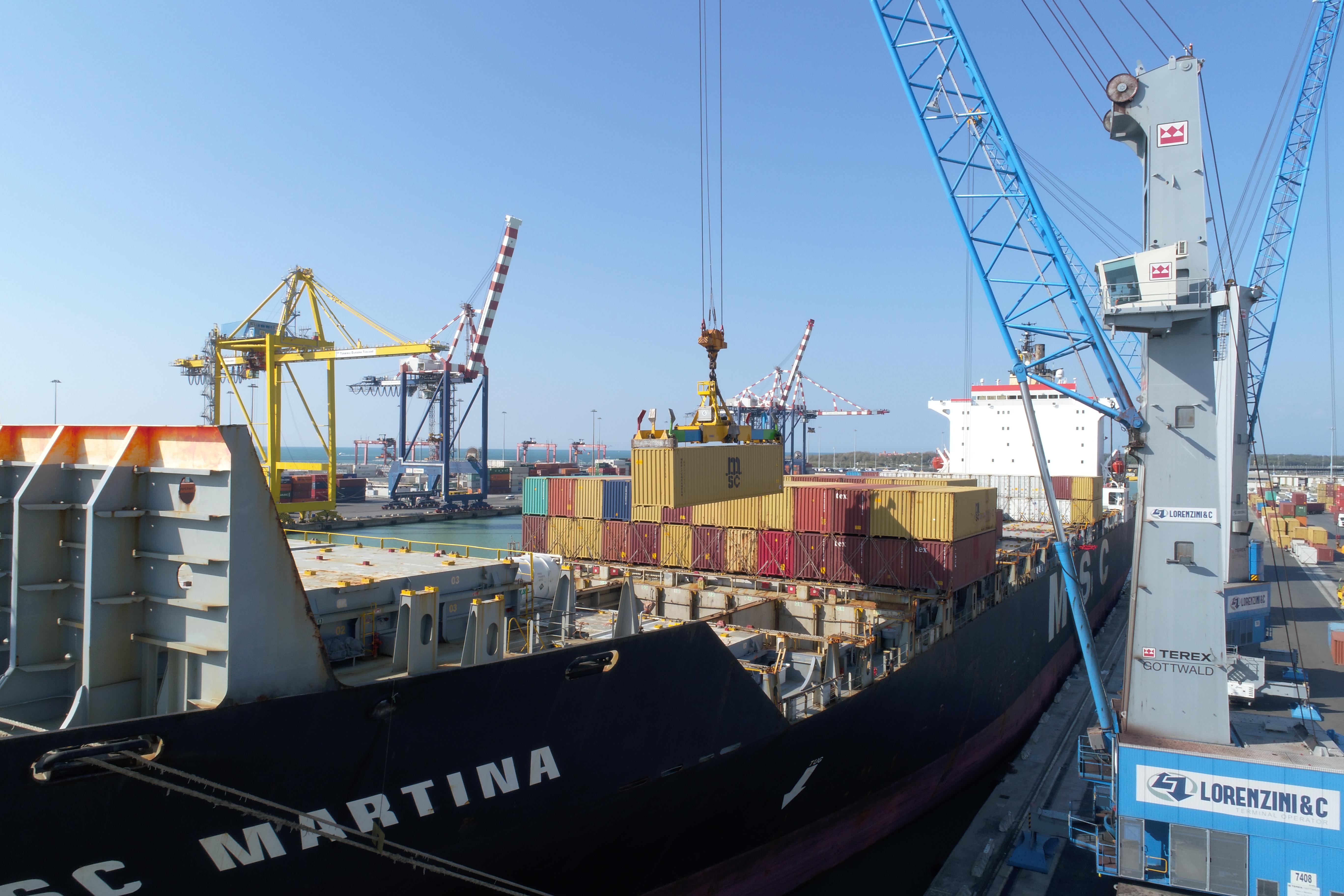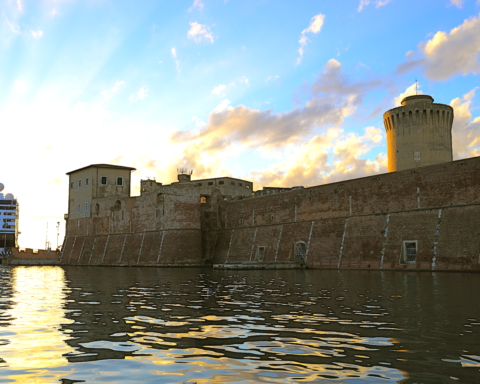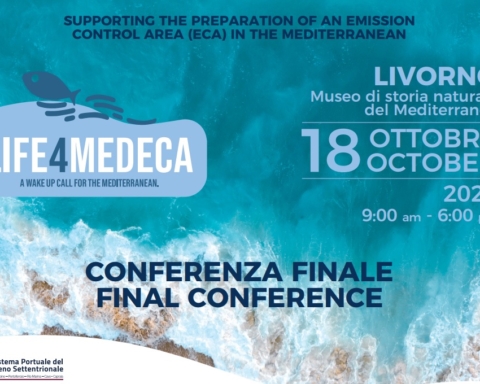Livorno Port Authority, initially, and, subsequently, the North Tyrrhenian Port Network Authority, have acted correctly.
This is the opinion of the maritime lawyer and professor of international law at the University of Genoa, Sergio Maria Carbone, entering into the merits of the legal case in the city of the Four Moors that has involved public and private entities in an investigation into the authorizations to use the berths and yards in the root of the Darsena Toscana dock.
“The choices made at the time by the top management seem to me to be justified in terms of port policy evaluations and legitimized by art. 50 of the Navigation Code, also in conjunction with the provisions of art. 39 of the Regolamento Navale Marittimo (Italian Shipping Regulation) ,” says Carbone.
“The specific circumstances relating to the berths 14E-F-G at the root of Livorno Port’s Darsena Toscana dock exclude any possibility of permanently entrusting the areas behind it to a specific company through a concession pursuant to art. 18 of Law 84/1994 or by art. 36 of the Navigation Code.
According to the investigators, the reiteration, in Livorno, of authorizations for temporary occupation of berths and port areas would have constituted an offence because a definitive concession should have been granted, Carbone is of a completely different opinion: “the stable and exclusive concession would instead have entailed an immediate distortion of competition, effectively requiring the shipowner – user of the reserved berths indicated – to use a specific company (concessionaire of the area behind it), without any possibility of choosing”.
In the case “the authorization of the temporary occupation, determined both by a “precarious use for contingent requirements” of the enterprise requesting it and a non-defined organization of port areas consents – as foreseen by art. 36 of Livorno Port Authority’s Maritime State Property Regulation – a rotation among the port operators who apply for it”.
Carbone underlines how, in this sense, art. 50 of the Navigation Code allows the simultaneous use of the same asset by different operators.
To the lawyer, such a solution seems entirely acceptable, especially in the absence of applications for concessions duly supported by a business plan: “As far as I know, in Livorno, the authorized companies have never submitted a business plan compatible with the requirements of the law for awarding concessions, nor was it in the interest of the port to “block” the exclusive use of the state property for a long time.”
For the university lecturer, the most recent jurisprudential context allows us “to affirm that the authorizations for temporary occupation of maritime state-owned areas are fully and validly issued by the various Italian port authorities in cases where the deed of concession is not suitable for satisfying, even for contingent reasons, the specific, particular port requirements relating to maritime traffic and the related port operations (such as, for example: reclamation work; quay repair work; railway links in ports that do not permit a complete organization of traffic and allocation of port areas)”.
A few days ago the newly elected president of the Assoporti (the Italian Port Association), Daniele Rossi, pointed out that in a context of aggressive competition between operators, who sometimes compete for even a few square meters of port areas, the authorities are called upon to undertake a difficult mediation and deal with the complexities of interpreting and applying the sector’s particularly articulated legislative discipline.
The reiteration of the temporary occupation authorizations is, in fact, a common procedure adopted in many port authorities: “In some ports – affirms Carbone – the temporary authorizations last two months and are then repeated for another two months and, subsequently, repeated for a further three months, because their duration has turned out to be compatible with the not yet defined assets of the specific port reality”.
For the university lecturer, the truth is that “today ports have taken on the nature and characteristics of a fundamental logistical infrastructure in the transport chain”.
The Port Authority has the important task of “controlling and coordinating it, which is increasingly necessary in the face of increasing traffic volumes that have to be managed within confined spaces and infrastructural constraints. This set of circumstances makes it clear that, within each port, resources must be allocated optimally and in the interest of all current and potential users, through appropriate mechanisms and dynamics.”
In short, ports are an important resource: “Their use must be disciplined by enhancing the characteristics of their assets and public infrastructure with all the important consequences of planning and ,above all, regulating, even considering the port as a market.”
For this reason too, it is necessary “to ensure maximum access to the port asset and therefore its use by interested operators. The port must be regulated in order to guarantee that this objective is achieved”.
Translation by Giles Foster




